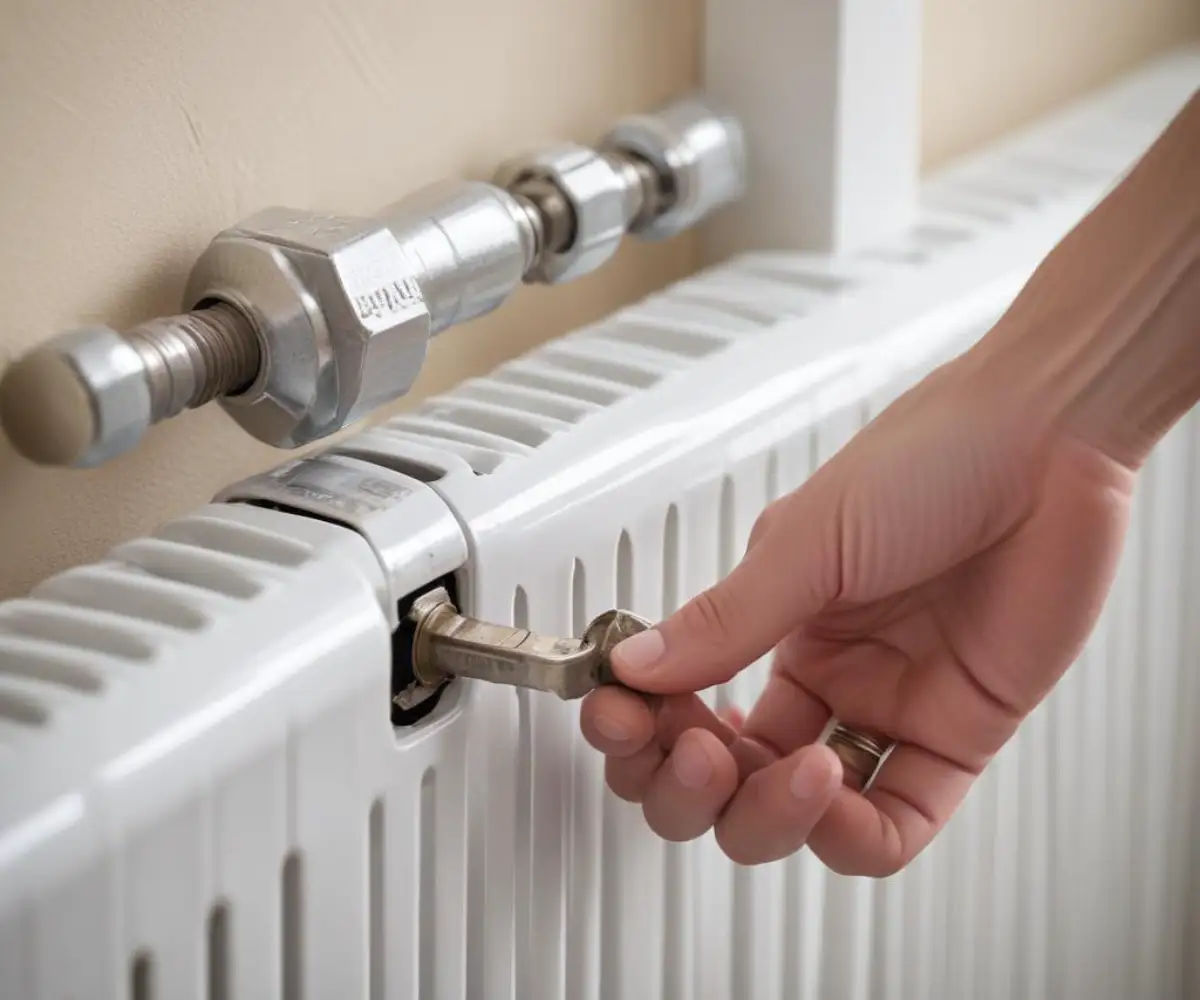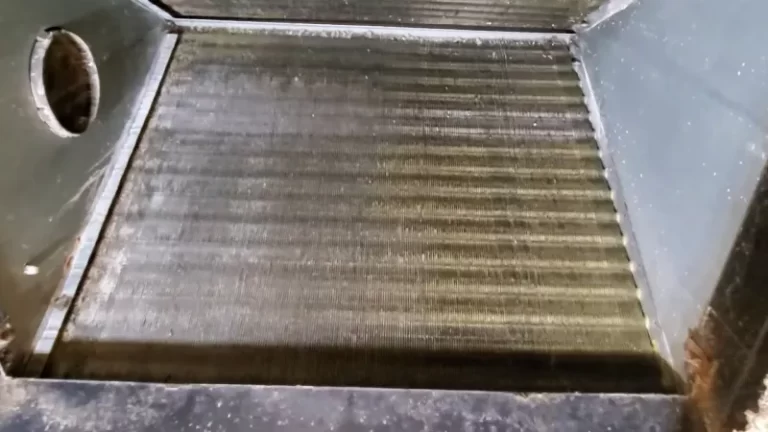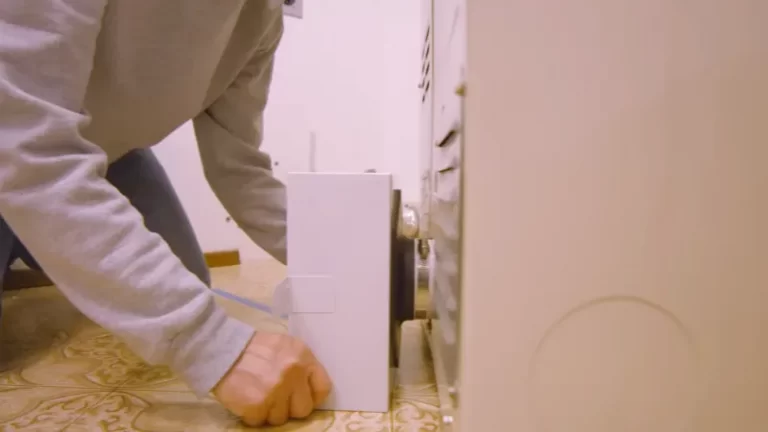Bleeding Radiators with No Hiss? Here’s What It Really Means
You grab your radiator key, place a cloth, and turn the bleed valve, expecting that satisfying hiss of escaping air. Instead, you’re met with silence. A radiator that doesn’t hiss when bled is a common and confusing problem that can leave your home chilly and your heating system struggling.
This silence often points to an underlying issue preventing the radiator from functioning correctly. Understanding the cause is the first step toward a warm, comfortable home. This comprehensive guide will diagnose the problem and provide a clear, step-by-step action plan to resolve it.
You'll Learn About
Understanding the Hiss: What Should Happen When You Bleed a Radiator?
Before diving into the problem, it’s essential to understand the solution. Radiators work by having hot water circulate through them, radiating heat into the room. Over time, tiny air bubbles can accumulate inside, rising to the top of the radiator.
This trapped air creates cold spots, typically at the top, because it prevents hot water from filling the entire unit. The process of “bleeding” a radiator is simply releasing this trapped air. The hissing sound is the audible proof that pressurized air is escaping, which is exactly what you want to hear.
Once the air is gone, water from the central heating system will begin to trickle or spurt out of the valve. This is the signal that the job is done and it’s time to tighten the valve. The result is a radiator that heats up fully and evenly.
The Main Reasons Your Radiator Isn’t Hissing
When you open the bleed valve and hear nothing, it generally points to one of a few core issues. Identifying the correct cause is crucial for applying the right fix. Let’s break down the most common culprits, from the simplest to the more complex.
1. There Is No Trapped Air
The most straightforward reason for silence is also the best-case scenario: there might just be no air to release. If your radiator is heating up evenly from top to bottom and your room is warm, the silence simply means the radiator is healthy and free of trapped air.
In this case, if water comes out immediately after you open the valve, you can close it with confidence. Your heating system is working as it should, and no further action is needed for this particular radiator.
2. Critically Low Boiler Pressure
This is the most frequent cause of a silent bleed valve, especially if the radiator is cold. Your central heating system is a sealed loop that requires a certain level of water pressure to circulate water effectively, particularly to radiators on upper floors.
If the system pressure is too low, there isn’t enough force to push the trapped air—or even water—out of the tiny bleed valve when you open it. The entire system becomes sluggish, and radiators, especially those furthest from the boiler, will fail to heat up.
3. A Blocked Bleed Valve
Sometimes the problem is localized to the valve itself. Over time, the small pinhole in the bleed valve can become clogged with debris. This blockage can be caused by paint from decorating, or internal sludge and limescale from within the heating system.
If the valve is blocked, nothing can escape—not air, not water. The radiator might still have trapped air causing cold spots, but you won’t be able to release it until the blockage is cleared.
4. Closed Radiator Valves
It may seem obvious, but it’s a common oversight. Every radiator has two valves: the Thermostatic Radiator Valve (TRV), which has the numbered dial to control temperature, and the lockshield valve on the opposite side, which controls the overall flow.
If either of these valves is fully closed, the radiator is isolated from the rest of the heating system. No water can flow in or out, meaning there is no pressure at the bleed valve to force anything out.
Your Step-by-Step Action Plan for a Silent Radiator
Now that you understand the potential causes, it’s time to troubleshoot. Follow these steps methodically to diagnose and fix the issue safely and effectively.
Step 1: Perform Initial System Checks
Before touching the boiler, start with the basics. First, ensure your central heating is turned on and has been running for at least 15-20 minutes. Feel the radiator in question; if it’s completely cold, that’s a key symptom.
Next, check the radiator’s valves. Make sure the TRV (the one with the numbers) is turned up to its highest setting (usually 5). Then, check the lockshield valve on the other side; its cap may need to be removed to see the valve underneath, which should be in the open position.
Step 2: Check Your Boiler’s Pressure Gauge
This is the most critical step. Locate the pressure gauge on the front of your boiler. It’s typically a circular dial with a needle and green and red zones. For most residential boiler systems, the ideal pressure when the system is cold is between 1 and 1.5 bar.
If the needle is below 1 bar, you have found the likely culprit. The system needs to be repressurized. This process involves using the filling loop—a flexible, braided hose or a small lever system located underneath your boiler—to allow water from the mains into the sealed heating system.
To repressurize, slowly open the valves on the filling loop and watch the pressure gauge. You will hear water flowing. Once the needle reaches the 1.5 bar mark, close the valves securely. Afterward, you can try bleeding the radiator again; you should now hear the tell-tale hiss.

Step 3: Address a Potentially Blocked Bleed Valve
If your boiler pressure is normal but you still get silence and no water, the bleed valve itself is likely blocked. First, turn off your heating and allow the radiators to cool completely to avoid any risk of scalding.
With a cloth ready, open the bleed valve slightly. Take a thin, sturdy object like a safety pin or a paperclip and gently poke it into the valve’s opening. Wiggle it around carefully to dislodge any debris. If you suddenly get a spray of air or water, you’ve cleared the blockage.
Be extremely cautious during this step. If you are not confident, or if the valve seems fragile or heavily corroded, it is best to call a professional plumber.
Step 4: Investigate Deeper System Issues
If you’ve tried all the above and the radiator still won’t bleed or heat up, you might be facing a more significant system blockage. This could be a stuck pin in the TRV, preventing water flow, or a substantial buildup of sludge inside the radiator.
To check the TRV pin, unscrew the numbered head. You’ll see a small metal pin. It should move up and down with light pressure. If it’s stuck down, gently grip it with a pair of pliers and wiggle it up and down until it moves freely. If the issue is sludge, the radiator will often be hot at the top but cold at the bottom. This requires a more intensive fix, such as removing and flushing the radiator or hiring a professional for a system-wide power flush.
A Deeper Dive: The Science of Pressure in Your Heating System
Understanding *why* boiler pressure is so important can help you appreciate its role. Think of your central heating system like a sealed bottle of soda. When the bottle is sealed, it’s under pressure. If you open it, the pressure is released, forcing the carbonation (gas) out with a hiss.
Your heating system works on a similar principle. The water pump in your boiler creates circulation, but it’s the baseline system pressure that ensures the water completely fills every pipe and radiator, even on the top floor. Without that static pressure, the pump can’t effectively push water to the highest points, and there’s not enough force to expel trapped air from a bleed valve.
When you bleed a radiator, you release a small amount of water and air, causing a slight drop in system pressure. This is why it’s crucial to check the boiler pressure gauge after bleeding multiple radiators and top it up if necessary.
Troubleshooting Summary: No Hiss Quick Guide
Use this table to quickly diagnose your issue based on the symptoms you’re observing.
| Symptom | Most Likely Cause | Primary Solution |
|---|---|---|
| No hiss, but radiator is hot all over. Water comes out immediately. | No trapped air. | No action needed. The radiator is operating correctly. |
| No hiss and no water. The entire radiator is cold. | Low boiler pressure. | Check the boiler’s pressure gauge and repressurize the system to 1.5 bar. |
| No hiss and no water, but boiler pressure is normal. Radiator is cold at the top. | Blocked bleed valve. | Carefully use a pin to clear the blockage in the bleed valve’s opening. |
| No hiss from any radiator in the house. The entire system is cold. | Severely low system pressure or boiler fault. | Repressurize the system. If the boiler shows a fault code or won’t turn on, call a professional. |
| No hiss, radiator is cold. Boiler pressure is fine, and bleed valve is clear. | Stuck TRV pin or internal blockage. | Check and free the TRV pin. If the bottom of the radiator is cold, consider flushing it for sludge. |
When to Stop and Call a Professional
While many causes of a silent radiator are simple DIY fixes, there are times when you should not hesitate to call a Gas Safe registered engineer. Your safety and the health of your heating system are paramount.
Contact a professional if you encounter any of the following situations:
- You have repressurized the boiler, but the pressure drops again quickly. This indicates a leak somewhere in the system.
- You are uncomfortable or uncertain about performing any of the troubleshooting steps, especially repressurizing the boiler.
- You suspect a major sludge blockage or a problem with the boiler’s internal components.
- The bleed valve or any other part of the radiator appears heavily rusted, damaged, or is leaking from somewhere other than the pinhole.
Preventative Maintenance: Keeping Your System Healthy
The best way to deal with heating problems is to prevent them. Regular maintenance can save you from the headache of a cold home in the middle of winter. Simple habits can keep your radiators working efficiently year after year.
Make it a routine to check your boiler pressure monthly. A quick glance at the gauge is all it takes to spot a problem before it affects your heating. Additionally, it’s good practice to bleed all your radiators at least once a year, typically in the autumn before you start relying on your heating daily.
Consistent maintenance is key to extending the life of your entire HVAC system. Understanding when to perform these checks helps you decide if you need to repair or consider a replacement before a major failure occurs, saving you from emergency costs and discomfort.
Conclusion: From Silence to Satisfying Warmth
A radiator that won’t hiss when you try to bleed it is more than just a curiosity; it’s a clear signal from your heating system that something needs attention. In most cases, the culprit is simply low boiler pressure, a problem you can often solve yourself in minutes with confidence.
By following a logical process of elimination—checking the radiator’s heat, its valves, the boiler pressure, and the bleed valve itself—you can effectively diagnose and remedy the situation. Restoring pressure and clearing minor blockages will not only bring back the hiss but, more importantly, will return comforting warmth to your home.



